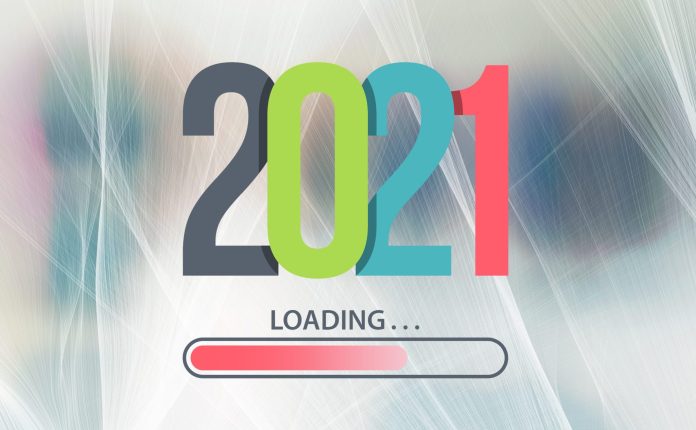The past year has most of us yearning for a more ‘normal’ year ahead. Fortunately, the future is bright in the IoT marketplace. Consider this: IoT Analytics predicted in 2018 that we’d see 21.7 billion active connected IoT devices in 2025; that forecast was recently revised to 30 billion.
This increase will be driven by real business benefits from IoT technologies that create revenue, reduce expenses, produce operational efficiencies, and provide a higher level of data security. Let’s look closer at three areas that will fuel the exponential growth of the IoT in 2021, and beyond.
1 | iSIM adoption

The industry will see integrated SIM (iSIM) technology gain a foothold as a cellular connectivity option. iSIM moves functionality onto a device’s permanent hardware, eliminating the need for a plastic SIM. The result is eUICC functionality programmed into the chipset itself, which leads to several benefits.
The reduced footprint and minimal power consumption of its system-on-a-chip (SOC) architecture makes iSIM an especially good option for smaller IoT devices, such as wearables and medical hardware. It saves ‘real estate’ on the device.
Integrating connectivity into the chipset means fewer components, as well, so iSIMs cost less to build and are more reliable – two particularly nice benefits if an organization is buying hundreds of thousands of devices.
As well, iSIMs are highly secure. Developers who use the GSMA’s “IoT SAFE” remote SIM provisioning standards establish end-to-end, chip-to-cloud authentication for data communications right out of the box. And because SOC architecture means iSIM is embedded in the device, the opportunity to physically alter, steal or replace the connectivity mechanism is virtually eliminated.
2 | Connectivity-as-a-service
One of the most complicated areas of any IoT undertaking is network connectivity, especially for implementations that span regions and geographical borders, and / or have multi-modal requirements.
Growing and fragmented regulatory requirements along with the need to move between multiple carriers or turn to alternative connectivity solutions make it difficult to deploy and manage a single solution.
The fact is most companies don’t even want to take on full control and management of connectivity. This will increase the need for agnostic connectivity-as-a-service (CaaS) platforms that are able to guarantee connectivity service wherever and however it is needed for the best price possible.
3 | Critical asset management
Tracking high-value goods has never been simple. Movement requiring more than one form of transport or changes in connectivity providers and modalities can encounter critical intelligence gaps in areas such as specific location, temperature control, security, chain-of-custody, and more.
Today, huge strides are being made to solve these problems, especially in the integration and handover between outdoor and indoor solutions that require multi-mode connectivity. These include improvements in real-time, granular intelligence about the location and condition of any asset.
For example, tracking will no longer end when an asset enters a building. Instead, businesses will be able to receive real-time alerts about how long a package sits at the front desk, its movement through a building and if surroundings for the asset are detrimental.
This seamless supply chain visibility will eliminate discrete silos of information and provide a deeper level of knowledge, especially for assets dependent on environmental conditions or at risk of loss or theft.
As we bid farewell to one of the worst years, the promise of a better connected, intelligent planet gives hope that many of its ills can be overcome. The introduction of new IoT technologies and strategies along with a growing awareness of the power of IoT give us much to look forward to in 2021.
Romil Bahl is president and chief executive at US-based IoT solutions provider KORE Wireless. Prior to joining KORE in 2017, he served in a number of leadership positions, including as chief executive at IoT solutions provider Lochbridge.

